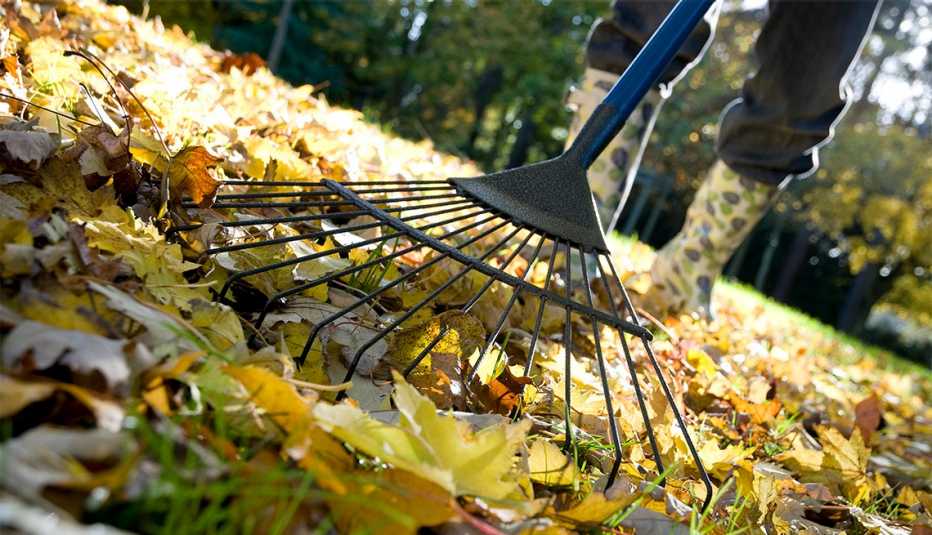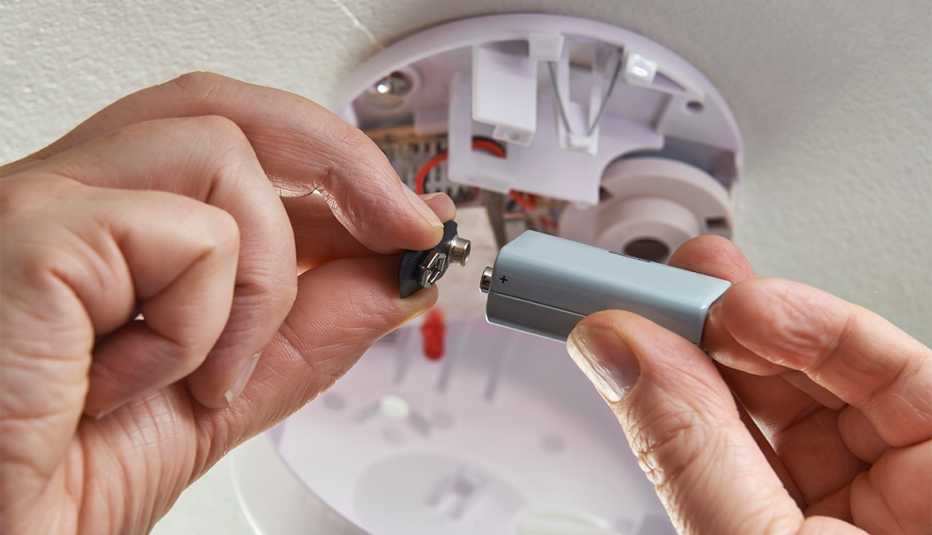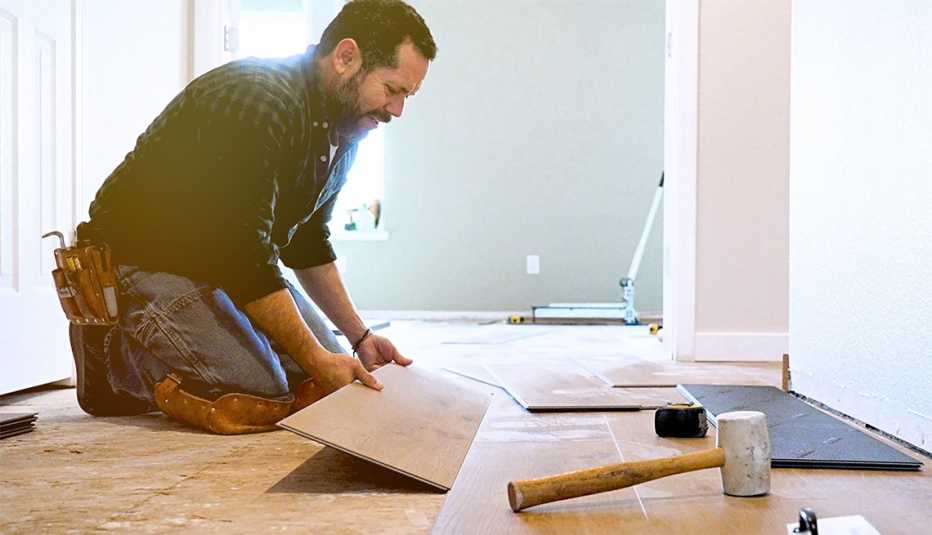AARP Hearing Center
As winter approaches, fall is the perfect time to prepare your home so you stay warm and dry in colder weather.
A checklist of inspections and projects will ensure your home’s systems and appliances work properly, which may increase its energy efficiency and lower your utility bills. Think of it as an annual checkup for your home just like you see your family doctor regularly.
“Staying on top of simple maintenance pays dividends in the long run,” says John Wessling, president of the American Society of Home Inspectors. “Little things can make a huge difference … and prevent bigger problems. That window caulking now may prevent a $35,000 wall repair because water got behind the siding.”
Lora Novak, an editor for the House Method website that provides home service recommendations and reviews, advises scheduling service sooner than later. It may take longer to get an appointment as many companies may be short of staff or parts due to supply chain issues, she adds.
Here are 13 home chores to focus on this fall:
1. Fine-tune your furnace
Novak says a furnace check is crucial so you don’t risk losing heat during winter. Change the air filter, which becomes dirty and inefficient over time. Hire a professional for a full maintenance check, which may include a furnace inspection, duct cleaning and an airflow evaluation.
A furnace inspection could cost less than $100, but a tuneup may cost more than $200. If you’ve got a tight budget, Wessling suggests getting a heating and cooling inspection every other year but only if you change the filter regularly yourself. Look for HVAC specialists through Air Conditioning Contractors of America and North American Technician Excellence.
2. Clear gutters and downspouts

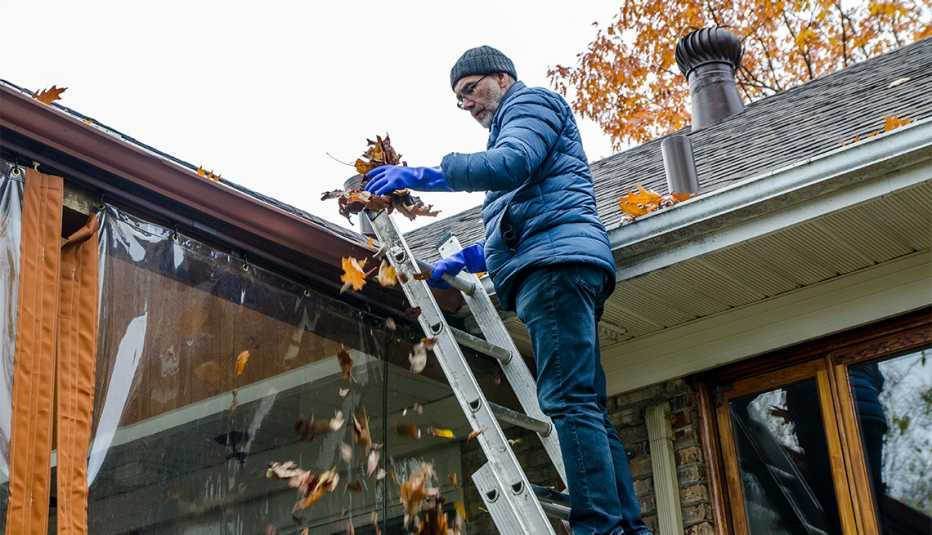
Even if you don’t have trees, leaves, pine needles and other debris can clog gutters in the fall. That can cause ice dams or water to back up, potentially damaging the roof, siding or trim. Clean out gutters and downspouts, and direct downspouts 2 to 4 feet away from the foundation, says Mark Graham, vice president of technical services for the National Roofing Contractors Association. DIY is possible, but if you don’t feel safe on a ladder, hire a professional. The average cost for a single-story house is about $160.
3. Check seals and weatherstripping

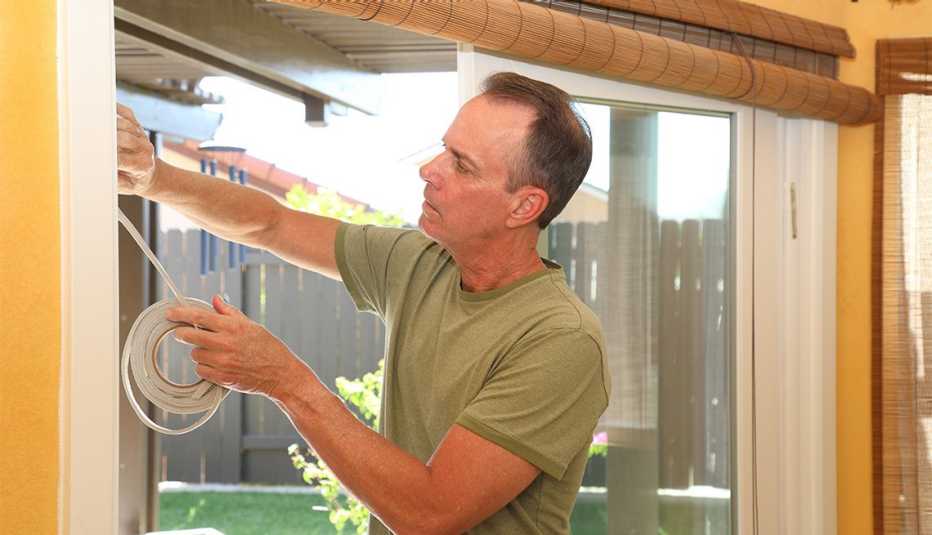
If you see gaps between exterior windows or door frames, you may need to re-caulk them or install new weatherstripping. Check that storm windows are secure. Cover screen doors with glass or replace them with storm doors for energy efficiency, says Wessling, who owns Wessling Home Inspection Services in St. Louis.


































































